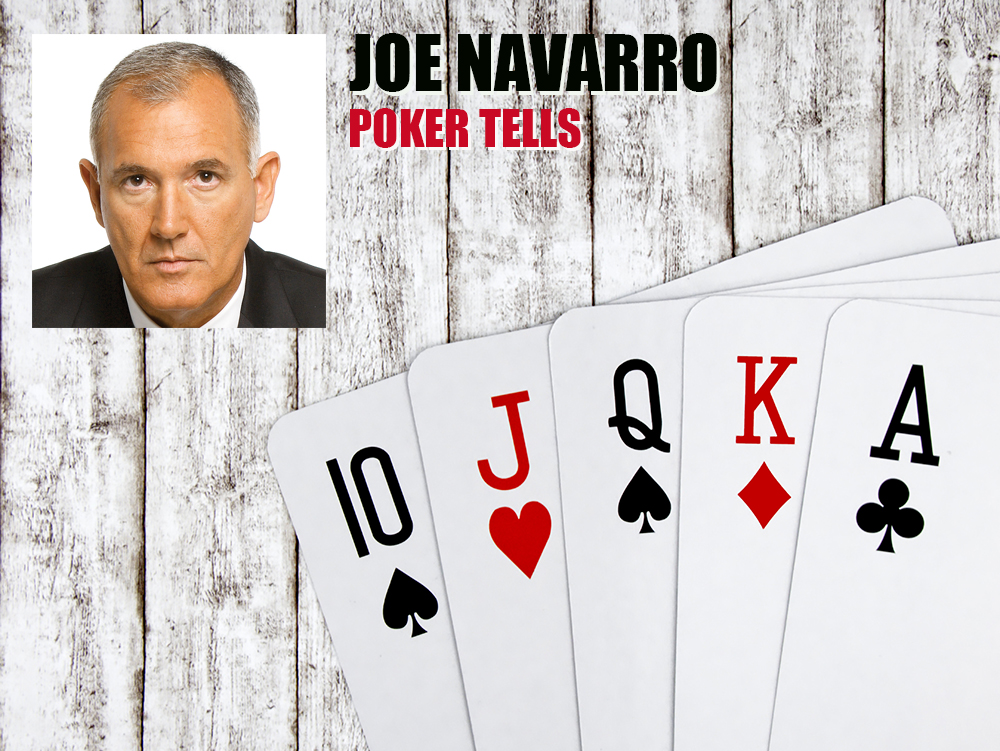While there are more than 200 recognizable tells, we have to remember each person has a variety. Don’t expect to see the same tells on every person. Some crack their knuckles when they’re nervous and some blush when they’re bluffing. The key is to understand the universe of tells so you can look for them as they present on each player.
If you don’t get a baseline of behaviors on all opponents, be prepared to lose a lot of money. You have to “norm” opponents to see what they’re like out of play when there’s no stress or when they’re relaxed so we can compare with what they’re like during play.
If you have the opportunity, walk around the room and try to pick up on tells before you sit to play. It makes it so much easier later when you’re in play to read opponents.
The mouth, full of nerves and close to the brain, reacts to the world in real time, revealing thoughts and feelings quickly. When content, the lips are full; when stressed, they compress or disappear. This is why Phil Hellmuth and others who have read my books cover their mouths when in play.
The hands reveal a lot, too, as other experts have noted. I like to focus on the thumbs because when we’re confident and strong the thumb tends to stick out. When we’re weak or bluffing, we tend to hide it near the index finger or even underneath the fingers.
Don’t forget the neck. When we’re troubled, we tend to touch our necks, cover our neck dimple (women do this in particular) or massage the flesh around the neck or throat. Don’t ignore this behavior because you’ll be surprised how accurate it is.
Be aware you’re also transmitting information about yourself. “Conceal don’t reveal” has been my mantra for nine years. Holding still, avoiding eye contact and covering your mouth while in play helps.
Collect information on other players by asking what’s a good book on poker tells. That will give you a clue as to what they have read and what tells they know.
Remember, when it comes to poker tells, you’re reading perceptions of reality, not reality. If a player feels he’s marginal or weak, though he has the stronger hand, that’s exactly what you’ll see.
— Joe Navarro is the author of the international bestseller What Every BODY Is Saying and 200 Poker Tells.




